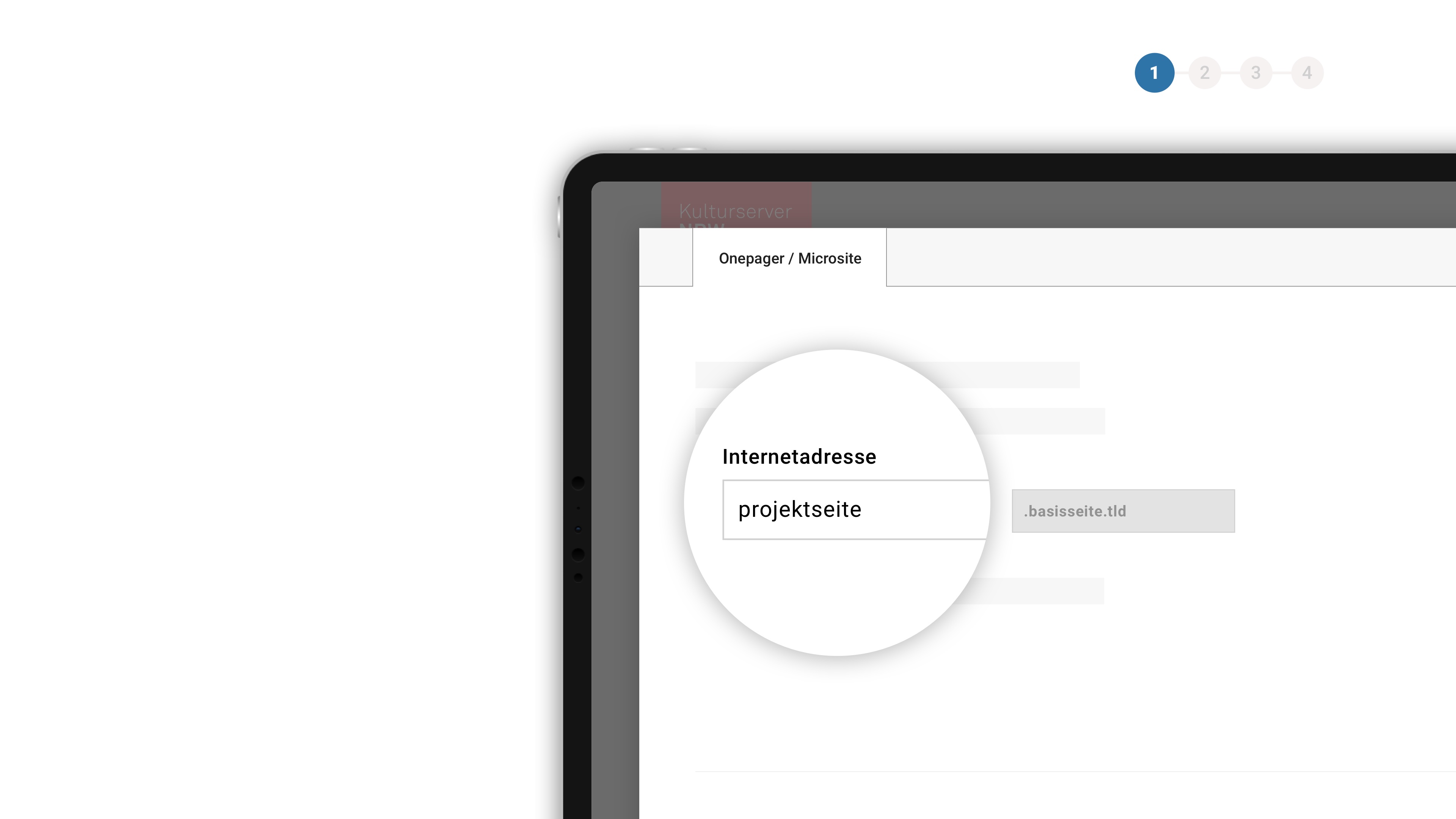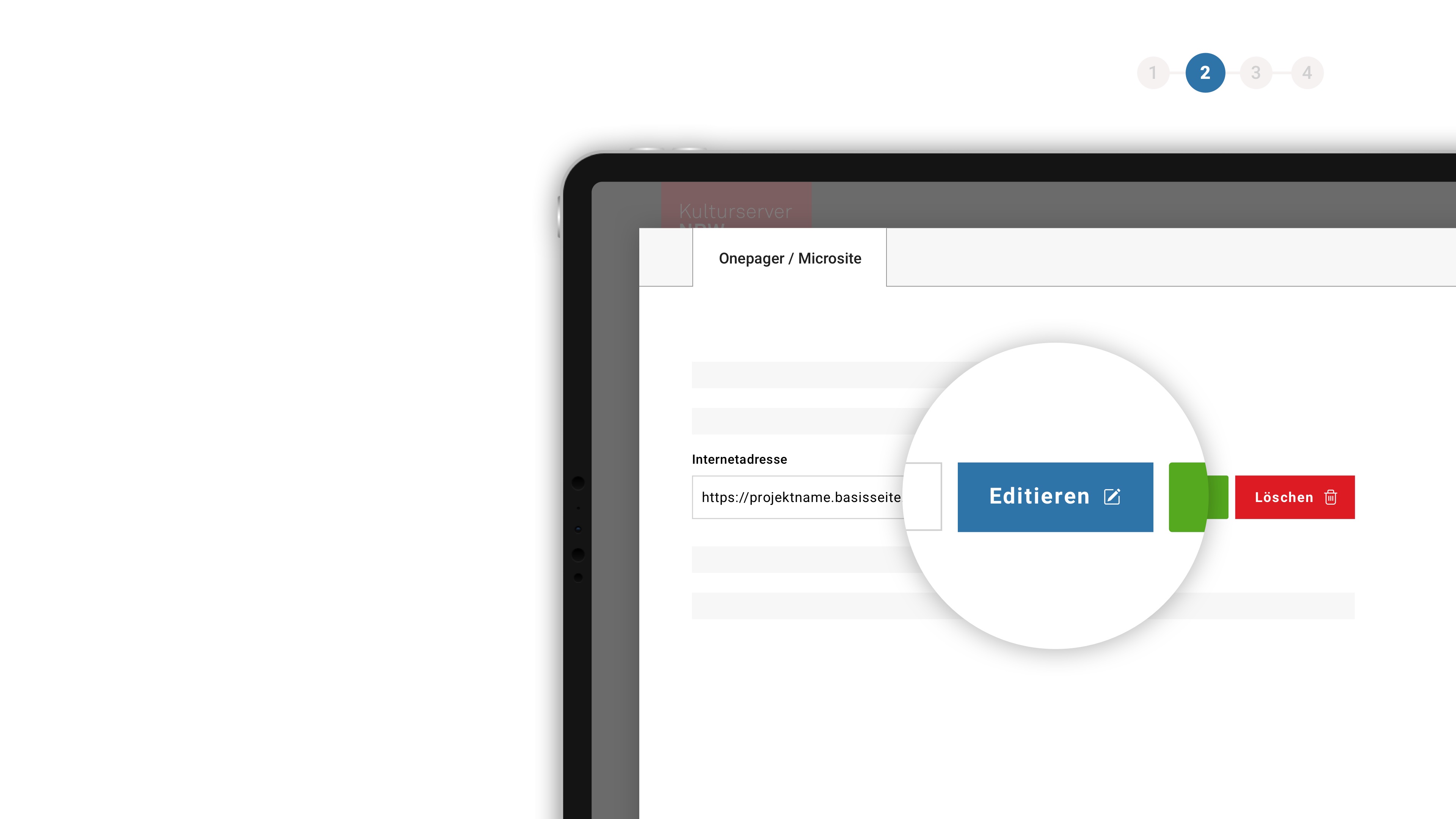Rued Langgaards ANTIKRIST … Eine musiktheoretische Einordnung - Deutsche Oper Berlin
From the programme booklet
Rued Langgaards ANTIKRIST
An Essay by Bendt Viinholt Nielsen
Langgaard’s only opera, Antikrist, is a philosophical-religious opera about the decline and fall of western civilization – and in general a critique of modern ‘lifestyle’ and mentality. It is a prophecy of doom, and a warning against selfishness, arrogance and the absence of spiritual values. The message of the opera is one of disillusionment. Society, civilization and church have failed us, and only one thing remains: the individual’s personal relationship with God. And Langgaard’s point is that music is able both to express ‘the spirit of the age’ and to show us the way to the divine.
Background and context
“The Antichrist” is a Biblical figure mentioned in the first and second epistles of John, and in several other places in the New Testament (especially Matth. 24). The Antichrist is the enemy of Christianity, a demonically seductive figure who denies Christ and uses imposture to lay the world at his feet. His coming is the sure sign that the end of the world is near. Traditionally, the seven-headed monster described in the apocalyptic visions of Revelations 13 has been seen as an image of the Antichrist. The anticipation of the coming of the Antichrist particularly preoccupied people in the Early Christian period and in the Middle Ages, and the Emperor Nero, Mohammed, Luther and the Pope have all been identified with the Antichrist by their enemies through the ages.
Preoccupation with the Antichrist is not part of the Protestant Danish church tradition. Langgaard’s great fascination with the phenomenon is artistically (musically) and psychologically determined. One of his sources of inspiration was P.E. Benzon’s dramatic poem Antikrist of 1907. In 1919 a ‘scholarly’ book (by Einar Prip) appeared, attempting to demonstrate the presence of the Antichrist in the world. The book formed part of the so-called livsanskuelsesdebat (outlook-on-life debate) in Denmark in the period after the Great War. In the light of the collapse of values that followed in the wake of the war, there was a focus on spiritual subjects. Langgaard’s opera, composed in its first version in 1921-23, was an artistic contribution to a current debate.
But without Langgaard’s ‘new’ experience of the expressive power of music he would have been unable to do anything with thus spiritually and psychologically demanding topic. Inspiration from Carl Nielsen, especially Nielsen’s Fourth Symphony, The Inextinguishable (1916), had opened Langgaard’s eyes to new dimensions in the expressive potential of music. By way of the pioneering work Sfærernes Musik (The Music of the Spheres) (1916-18) Langgaard had in his Symphony No. 6 (1919-20, later entitled Det Himmelrivende, The Heaven-Rending, as a ‘polemic’ parallel to Nielsen’s symphony title) created music that refers to apocalyptic, cosmic visions; music that has room for contrasts and conflict between ‘the constructive’ and ‘the destructive’. The two works cited – both quoted in the music of the opera – point forward to Antikrist. Other musical sources of inspiration appear to be Wagner (especially Parsifal) and Richard Strauss (Salome), and at some points there may seem to be reminiscences of Schoenberg’s Gurrelieder and Korngold’s Der Tote Stadt. Yet Langgaard is unlikely to have heard these two works, although he may well have made the acquaintance of the scores on his travels to Germany and Austria in 1920-22.
Behind the opera lies Langgaard’s conception that the decades around 1900 were the great age of the art of music. The intense spiritual atmosphere of this epoch, reflected in the music of the period, embraces the human experience of all ages – and offers a ‘key’ to the future destiny of humanity. Langgaard’s music is strongly influenced by this thinking and almost all his works relate to and ‘interpret’ the period around the turn of the century, his own childhood years. But the artistic and spiritual flourishing – the Jugend/Art Nouveau period – also involved decadence, decay and perdition. The idea and music of the opera thus exhibit a duality, an ambivalence that is built into the work, not only by virtue of the immediately recognizable contrast between a Romantic and a more modern style, but also in the sporadically seductive, opulent tonal idiom.
The subtitles of the opera are “Church Opera” and “Doomsday Scenes”. “Church Opera” should not be understood literally, in the sense that the work is intended for performance in a church; it its rather another term for religious or sacred opera, something for the church as a community. .
Genesis and performances
Rued Langgaard wrote his own libretto for the first version of the opera in 1921. He borrowed the skeleton of the plot and some of the dialogue from the above-mentioned Antikrist by P.E. Benzon, published in 1907. He was also inspired by the Song of Solomon and the strange loner Ernesto Dalgas’ Dommedags Bog (Doomsday Book) (1903) as well as other sources.
The first version, called an “allegorical opera in five scenes”, was completed in February 1923. In psychological drama form, it described the “passion drama” of the Antichrist. The recurring figure was Apollyon, the Antichrist, who in the end perishes, paving the way for the end of the world and thus precipitating the Second Coming of Christ.
The opera was delivered to the Royal Theatre in Copenhagen, but not accepted, allegedly because the text was not “suitable for an opera”. The prelude was however performed in various recensions in 1923-27.
In 1926-30 Langgaard reworked the opera. On the whole – apart from the text of the first scene – he wrote a new libretto in which all approaches to a sequential plot were eliminated, and which was to a great extent based on and supported by Biblical quotations. The music was revised into a prologue and six scenes, and important parts of the original music were omitted, while certain additional parts were composed (the preludes to Scenes 1 and 6, parts of Scenes 3 and 6). Langgaard gave this new version many titles, including Dyret fra Afgrunden (The Beast from the Pit), Modkrist (a more Danish form of “Antichrist”), Sidste Tider (Last Times) and words of his own invention like Kremàscó and Krematio. Langgaard’s own score copy bears the titles Fortabelsen (Antikrist), “Perdition (Antichrist)”, which may be the title the composer preferred in the end, but this is not quite clear.
This new version too was delivered to the Royal Theatre, but it was not accepted this time either – again because of the text. Langgaard tried to persuade the Danish Broadcasting Corporation to perform the work in a concert version, and in 1940 Scenes 5 and 6 of the opera and the concert finale were performed for the first time. A studio version of the opera in its entirety was produced by the Danish Broadcasting Corporation with Michael Schønwandt conducting, and broadcast in 1980.





